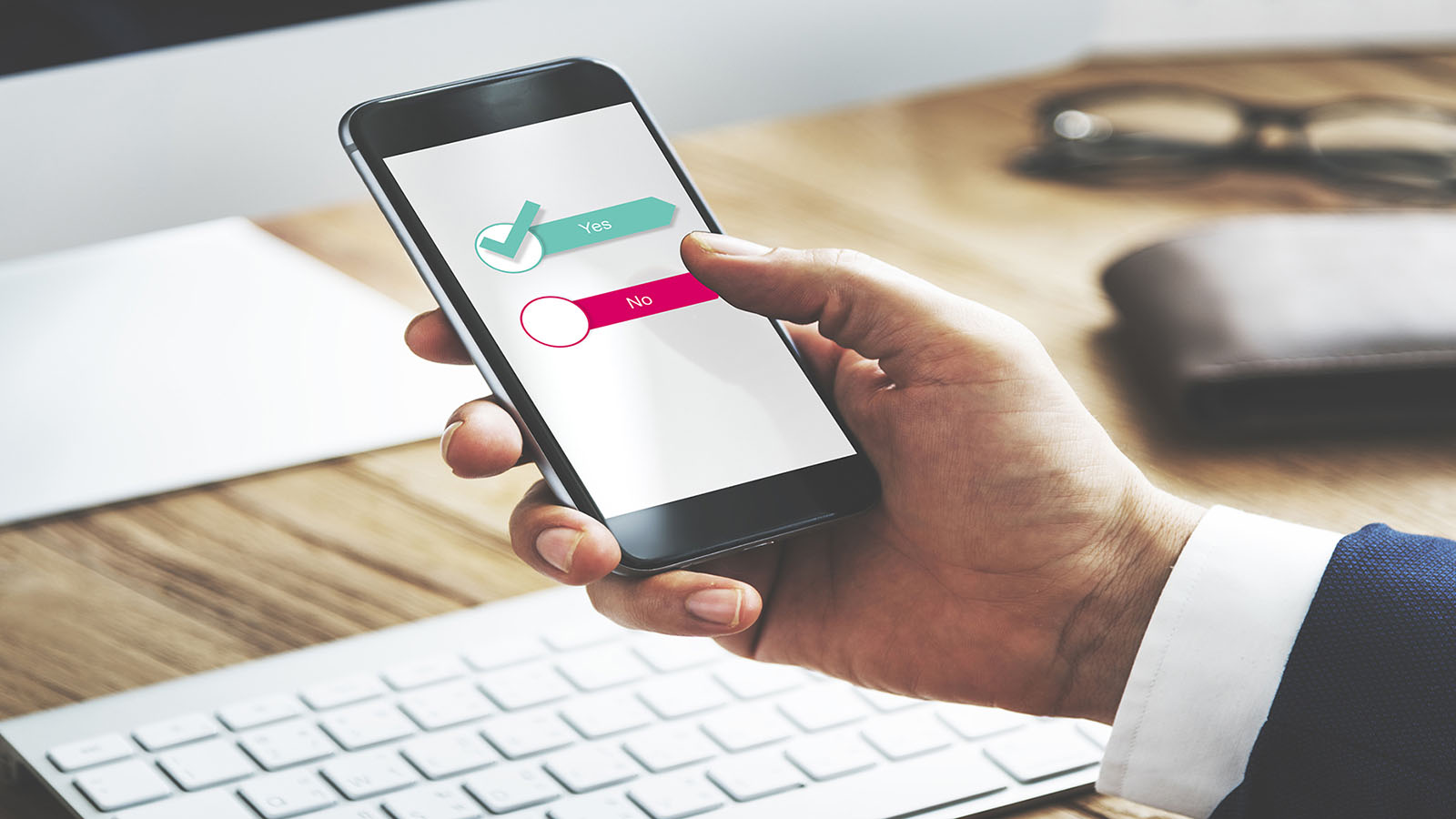Early PPP Loan Forgiveness: Yay or Nay?
Never miss a thing.
Sign up to receive our insights newsletter.

On June 22, 2020, the Small Business Administration jointly with the US Treasury released a new Interim Final Rule on Revisions to Loan Forgiveness Interim Final Rule and SBA Loan Review Procedures Interim Final Rule (June 22nd Rule). Under this latest guidance, borrowers are no longer required to wait until the end of their 8-week or 24-week covered period to apply for forgiveness, provided they have used all of their loan proceeds for which they are seeking forgiveness.
The June 22nd Rule states:
“A borrower may submit a loan forgiveness application any time on or before the maturity date of the loan – including before the end of the covered period – if the borrower has used all of the loan proceeds for which the borrower is requesting forgiveness. If the borrower applies for forgiveness before the end of the covered period and has reduced any employee’s salaries or wages in excess of 25 percent, the borrower must account for the excess salary reduction for the full 8-week or 24-week covered period, as described in Part III.5.”
This new guidance raises several questions:
1. How do borrowers applying for forgiveness early account for full-time equivalent employee (FTEE) reductions for the length of their covered period?
Answer: The June 22nd Rule addresses the salary/hourly wage reduction but not the FTEE reductions.
2. Do borrowers have to maintain FTEE and pay rates throughout the remainder of their covered period to avoid adverse consequences to their forgiveness amount?
Answer: The June 22nd Rule does not address this issue. It only states that the salary/hourly wage reduction is projected to the end of the covered period.
3. The borrower can use “the earlier of December 31, 2020 and the date [the forgiveness] application is submitted” for the FTEE Reduction and Salary/Wage Reduction Safe Harbors. Is that still the case if the date of the forgiveness application submission is before the end of the covered period?
Example:
- Borrower spends their PPP loan amount by the end of week 12 of their 24-week covered period and submits their loan forgiveness application
- Borrower had a 20% reduction in average weekly FTEEs and a salary/hourly wage reduction of $1,500 per week through the end of week 12
- Borrower restores the FTEEs and salary/hourly wages as of the date of their forgiveness application submission to February 15, 2020 levels
- Does the borrower achieve safe harbor and therefore 100% forgiveness? Alternatively, would the borrower’s forgiveness amount be reduced by $36,000 ($1,500 x 24 weeks) for the salary/hourly wage reduction and a further 20% for the FTEE reduction?
Answer: The June 22nd Rule does not address this issue. It would appear that the Safe Harbor could apply as of the application date. However, given that the June 22nd Rule requires the projection of the salary/hourly wage reduction to the end of the covered period, an argument could be made that the Safe Harbors do not apply to an early filer.
If the intention is to have borrowers forfeit the Safe Harbors by applying for forgiveness early, then borrowers may be better off waiting and outspending their reductions before they apply for loan forgiveness. Read our related article, Did the Paycheck Protection Program Flexibility Act of 2020 Give Borrowers a Free Pass?
Like many aspects of the PPP loan forgiveness process, it is unclear what outcome the SBA intended with this guidance. However, one thing is clear: by applying for forgiveness sooner than anticipated, borrowers can turn their focus back to running their businesses in life post-PPP loan.
For more information about the PPP program and loan forgiveness, contact us. We are here to help.
© 2020